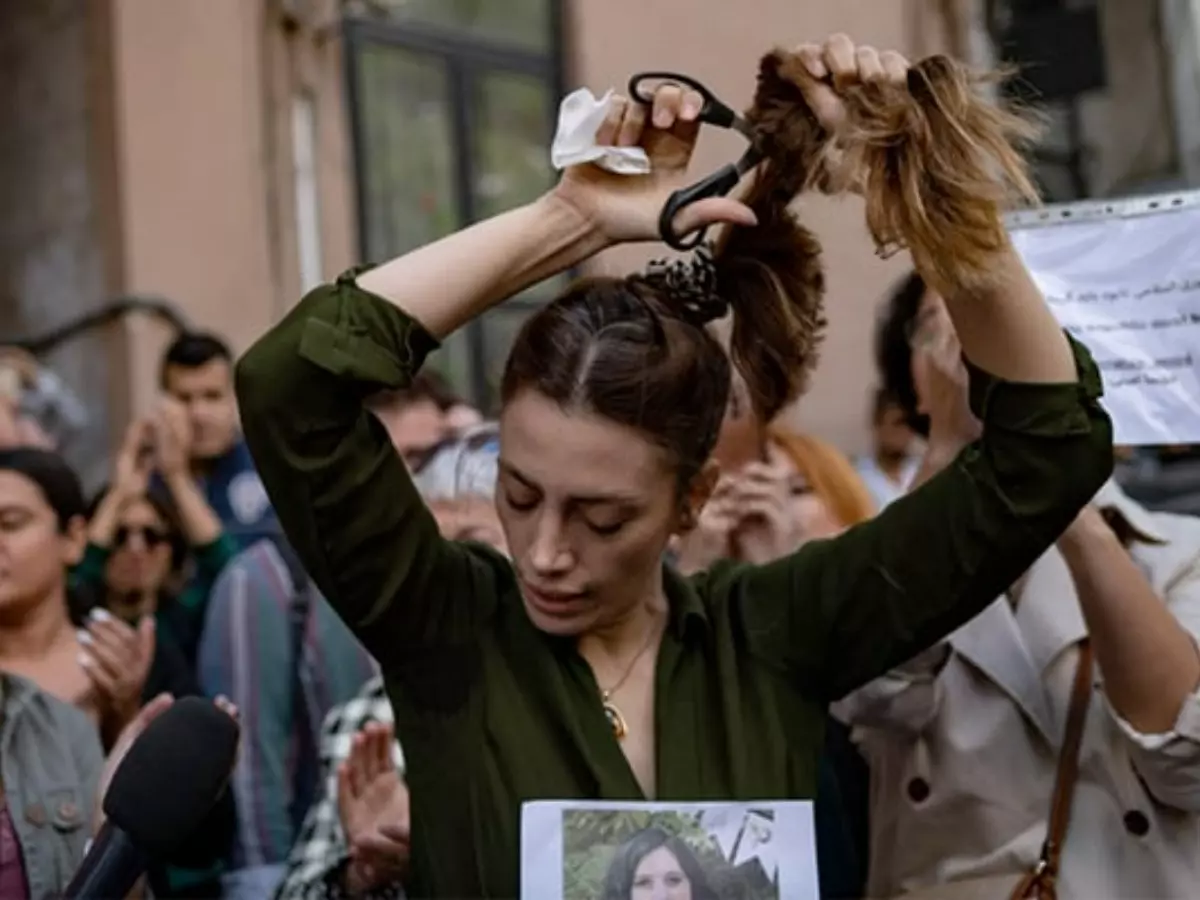Iran To Review Hijab Law, Abolishes Controversial Morality Police After 2 Months Of Deadly Protests
Montazeri made the statement two-and-a-half months after violent protests erupted in Iran triggered by the death of a 22-year-old woman in the custody of the country¡¯s morality police for not wearing hijab.

After over two months of deadly anti-hijab protests, Iran has now scrapped its morality police, AFP reported quoting the prosecutor general. The protests had been triggered by the arrest of Mahsa Amini for allegedly violating the country's strict female dress code and her death in custody, local media said Sunday.
 Stringer/Middle East Images/File
Stringer/Middle East Images/File
Morality police abolished, hijab law to be reviewed
"Morality police have nothing to do with the judiciary" and have been abolished, Attorney General Mohammad Jafar Montazeri was quoted as saying by the ISNA news agency.
The morality police -- known formally as the Gasht-e Ershad or "Guidance Patrol" -- were established under president Mahmoud Ahmadinejad to "spread the culture of modesty and hijab", the female head covering.
The announcement of their abolition came a day after Montazeri said that "both parliament and the judiciary are working (on the issue)" of whether the law requiring women to cover their heads in public needs to be changed, according to AFP.
 AFP
AFP
The review team will meet on Wednesday with parliament¡¯s cultural commission ¡°and will see the results in a week or two,¡± the attorney general said.
Montazeri made the statement two-and-a-half months after violent protests erupted in Iran triggered by the death of a 22-year-old woman in the custody of the country¡¯s morality police for not wearing hijab.
Mahsa's death & deadly protests that followed
Mahsa Amini, the Kurdish woman who died, had been detained on September 13 in the Iranian capital of Tehran by the police unit that enforces the country¡¯s obligatory dress codes, including the compulsory wearing of the headscarf in public.
Officials say she died of heart attack on September 16 while in custody but critics believe she was physically assaulted on accusations of violating the hijab mandate.
Since Amini¡¯s death, protesters have cut their hair, burned their head coverings and shouted anti-government slogans. Every day a growing number of women are not observing hijab, particularly in Tehran.
 AP
AP
The hijab headscarf became obligatory for all women in Iran in April 1983, four years after the 1979 revolution that overthrew the US-backed monarchy.
Total deaths & arrests
Ever since, Iran¡¯s security forces have killed at least 448 people in the crackdown on the protests, including 60 children under the age of 18 and 29 women, according to International Human Rights (IHR) Network.
UN rights chief Volker Turk said last week that 14,000 people, including children, had been arrested in the protest crackdown.
 Twitter
Twitter
Four people have been sentenced to death on the charge of "enmity against God" in connection with the recent anti-government protests in Iran. Human rights activists condemned the death sentences - which brought the total to five since mid November - saying they were the results of unfair trials.
For more on news and current affairs from around the world please visit Indiatimes News.
